Myanmar is a spectacular country and wonderful country as its rich culture heritage. This country is perfect for those seeking a unique trip to a beautiful, exotic locale. In the article, we offer the Myanmar travel guide to plan where to go in Myanmar in 2019 to get better explore its gorgeous landscapes, which include nearly 2000 miles of coastline and a handful of mountain ranges. You will enjoy well-spiced Burmese cuisine and like a balance of luxury so you will get the adventure and the country’s breathtaking scenery. Not only that you will learn more about the cultures that have influenced its 50 million inhabitants.
The highlights of Myanmar itinerary
- Admire over 500 different flower species at National Kandawgyi Gardens
- Visit Bagaya Kyaung, a nearly 200-year-old Buddhist monastery
- Traverse Taungthaman Lake by crossing the U Bein Bridge, the longest and oldest teakwood bridge in the world
- Celebrate the end of the monsoon season and the Buddhist faith at the Tazaungdaing Festival
- Spend other days to take a boat across Inle Lake and take in its verdant, bucolic surroundings
- Try the traditional foods and the transportation in the trip
Like most Southeast Asian countries, Myanmar is also effected on monsoon season. Accordingly, From October to February is the best time for you beginning the plan in your Myanmar travel. If you visit Myanmar during the monsoon season, be sure to book accommodations in the cooler. We offer the list of 10 destinations in Myanmar.
YANGON
Yangon is also known as Rangoon. It remains Myanmar’s largest city and is still the country’s most important commercial hub and gateway for most of its international visitors. But there is much more to Yangon than commerce: beautiful architecture, vibrant nightlife, diverse cultures, and exotic food to say the very least. Yangon has a wonderful array of colonial-era buildings hidden in its streets, and peoples from India, China, Bangladesh, and many other countries brush shoulders with locals. This diversity is reflected in the phenomenal food and nightlife, which contrasts barbeque in Chinatown with hot pot and karaoke, Myanmar street snacks with vegetarian Indian curries and local beer stations with delicious fresh seafood and sushi. Equally diverse are the religious sites: temples, churches, mosques, and synagogues are all in evidence. One special point in Yangon is the legendary 100 meters high Shwedagon Pagoda, its stupa covered with 40 tons of gold leaf. Continuously, you visit local markets, join locals drinking in tea shops and soak up the atmosphere; Yangon truly is a magical place.
GOLDEN ROCK
You need five hours to transfer from Yangon to Golden Rock. It is voted Myanmar’s 3rd holiest shrine, behind Shwedagon Pagoda and the Maha Muni Buddha. As a pagoda sitting atop a huge boulder that appears as if it’s about to fall off the edge so Golden Rock will bring a totally awesome sight for you. Both are covered in gold leaf. The locals are located on 1,100 meters above sea level, is held in place through a miracle of Buddha; the pagoda is said to contain a strand of his hair. Golden Rock is known as a pilgrimage for Myanmar Buddhists. The pagoda combines of platforms and Buddha shrines. This rock is located on the precariously of a mountain outcrop, is as shrouded in mystery as Myanmar itself.
SHWEMAWDAW PAYA
As the glittering gold which covers it can be seen for miles around so Shwemawdaw Paya has the name like the Great Golden God. The diamond is responsible for some of the glitter. It is the tallest pagoda in Myanmar by the height of 114 meters. It is especially important to Buddhism because it contains several relics belonging to Buddha. This destination is famous for the 1,000-year-old construction which is located in Bago. Otherwise, it combines by smaller pagodas that also are gold-covered, statues and pavilions.
SHWENANDAW MONASTERY
Shwenandaw Monastery is a historic place in the city of Mandalay. Famous as the typical model of the traditional Burmese wooden monastery with the irresistible wood carvings of the mythical creatures, the Shwenandaw Kyaung monastery is indeed the reminder of the old Mandalay Fort. It is known as the Golden Palace by it is located in central Myanmar. Shwenandaw Monastery was originally part of the Mandalay Palace complex. Covered around Monastery is Buddhist myths. Especially, the stone can be found throughout the structure.
BAGAN
Bagan is the jewel in Myanmar’s crown, some 2000 ancient temples in an area roughly the size of Manhattan. After visiting Pagodas and ancient temples you will get the common sights. Every year, Bagan offers the romantic skyline, hot air balloons, and impressive sunsets for tourists. Be sure to sit on a temple and watch both sunrise and sunset over the horizon, as each has something different to offer. You will see the ascent of dozens of balloons above the pagodas when raising the sun. Alternatively, you can take to the skies in a balloon yourself for a truly unforgettable morning’s flight. You will admire thousands of temples, stupas, and pagodas.
NGAPALI
Ngapali is one of the most places where to go to Myanmar. One suggestion for you is to choose the luxury hotel of resort town to admire both of the white sand beaches lining the blue waters of the Bay of Bengal. In front of the fishing village atmosphere in local restaurants serving is staying in the local hosts. Locals believe the town is named after Napoli in Italy. In the experience in traveling in Ngapali, November to March is the best time to visit; the rest of the year it is a sleepy little beach town.
MRAUK U
Mrauk U is an archaeological town in northern Rakhine State and at first glance in the village. Not so long ago, however, it was the capital of a reasonably-sized empire where many Portuguese, Dutch, and French traders lived. The kings of Mrauk U built many pagodas and temples around the town to express their piety. The 1553 Kothaung Temple is Mrauk U’s largest, which features a staggering 90,000 images of Buddha. Mrauk U is a remarkable place for many reasons, but its timelessness and relatively low visitor rate give you the rare opportunity to imagine Myanmar as it was decades ago.
INLE LAKE
Surrounded by mountains, ever-peaceful Inle Lake is dotted with leg-rowing fisherman, stilt villages, diverse flocks of lake birds and crowded wooden boats carrying local people too and from distant towns. A visit here is all about nature and relaxing in the simplicity of life on the lake. Highlights of the trip include watching leg-rowing fisherman ply their trade, sailing through several of the many fascinating floating villages on the lake, seeing magnificent sunsets over the water and experiencing firsthand the many sights, smells and smiles of the morning market in Nyaung Shwe. Continuously, let’s come to Indein, Nyaung Oak and Shwe Inn Thein Paya, famous for their charming groups of crumbling ancient pagodas and stunning carvings of mythical creatures. Visiting Inle Lake is the perfect way to spend a day or two surrounded by incredible natural beauty while discovering Myanmar culture.
MANDALAY
Mandalay, the former royal capital in the north of Myanmar, is the second largest city in the country and the cultural heart of the nation. A vibrant, modernizing city on the banks of the Irrawaddy river, it also contains several remarkable historical sites. The center of Mandalay is structured around the restored Mandalay Palace from the Konbaung Dynasty. Surrounded by an enormous moat and walls, it is a magnificent start to exploring the city. Mandalay Hill provides an astonishing view of the palace and the city and can be reached by a continuously covered stairway from base to summit. At its foot, the Kuthodaw Pagoda houses hundreds of Buddhist-scripture-inscribed marble slabs. Once the sun starts to set, you should walk along the legendary U Bein Bridge, built in 1782. Spanning 1.2 km across the shallow Taungthaman Lake, it is said to be the longest teak-wood bridge in the world. If you take the time to explore Mandalay further there is, even more, to be enjoyed, including many temples, monasteries, and markets, as well as great street food and panoramic views.
KALAW
Hidden in the Shan mountains lies the former British hill station of Kalaw, a beautiful little town roughly 1.5 hours drive from Inle Lake. Kalaw’s main attraction is plenty of trekking opportunities, but it also offers refreshingly cool temperatures many tourists find extremely pleasant. Shan state is considered the most picturesque region in the country with remarkable landscapes and fauna, including several herbs used in local cooking and traditional medicine. There are many small villages orbiting Kalaw where you can meet rural families and experience a little of their life, from the tea harvesting and transformation process to the making of traditional dresses. The town is also famous for its rotating market. Thus, you can move around the Kalaw/Inle region. It’s a lively, colorful market full of stands of meat, vegetables, fruit, herbs, and spices that if you’re lucky. You’ll have the pleasure of experiencing.




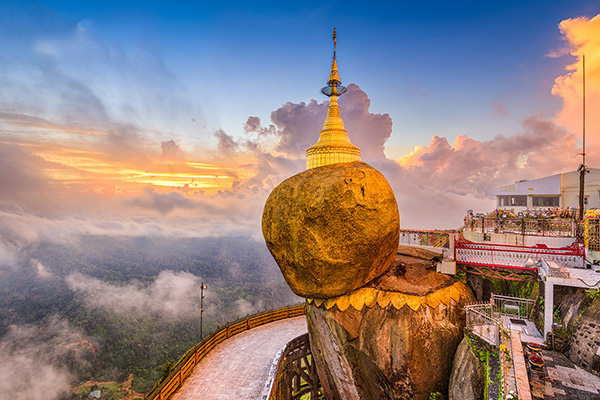
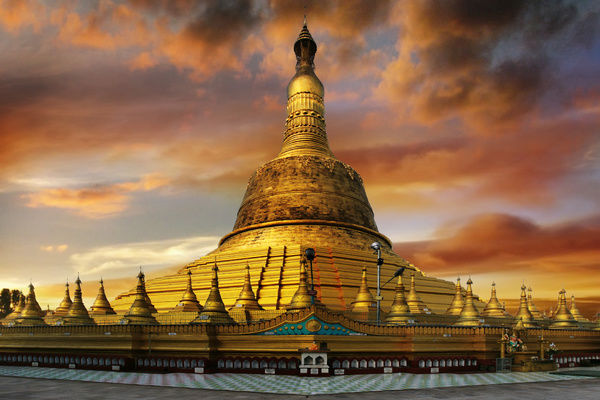
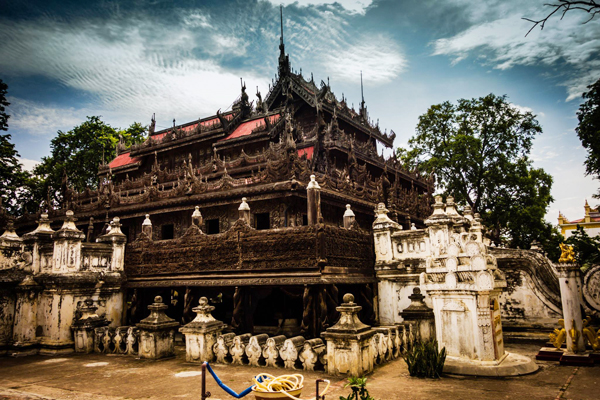
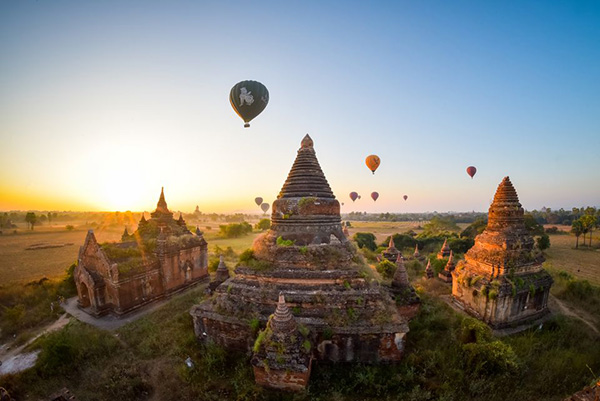
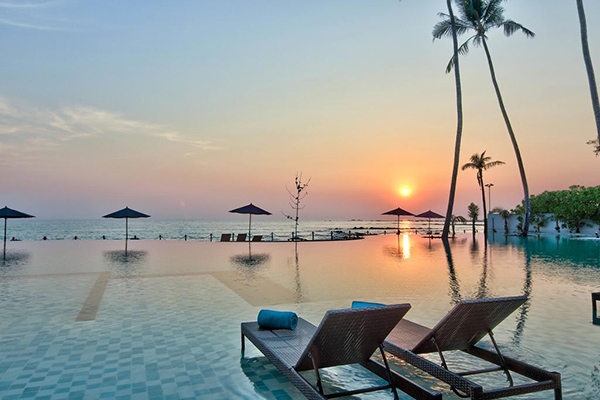
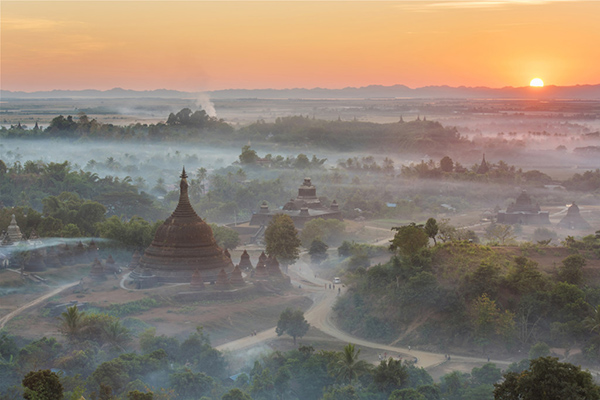
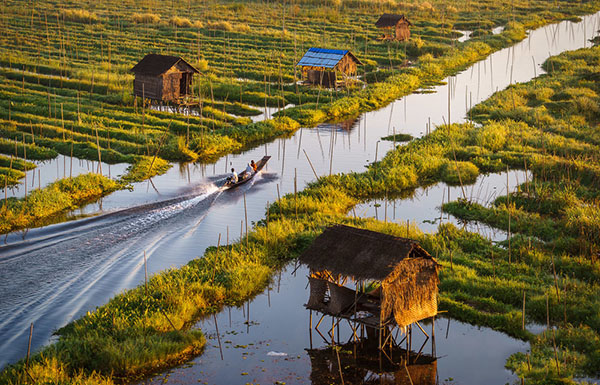
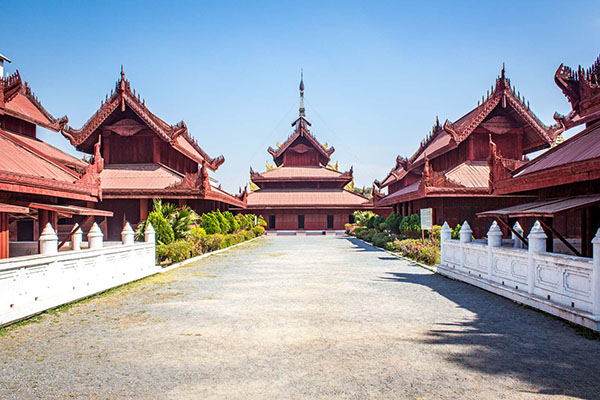
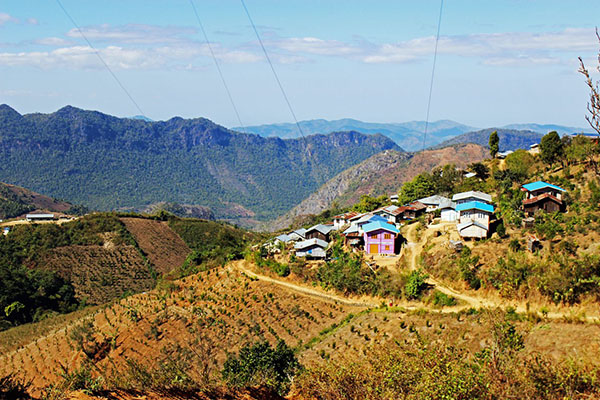
Comments